Mining machinery operates in demanding environments with high levels of dust, heavy impact loads, and exposure to corrosive substances. Traditional bearings often experience performance degradation due to grease contamination, seal wear, and related problems. These issues lead to frequent equipment downtime, which affects overall productivity. Self-lubricating bearings, through the use of self-lubricating materials and specific structural designs, provide enhanced wear and corrosion resistance, along with reduced maintenance requirements. These characteristics have led to their increasing use in mining equipment systems.

1. Application Examples in Mining Equipment
1.1 Shearer Cutting Unit Bearings
-
Cutting Drum Shafting: Shearers encounter intermittent peak vibration loads over 100 MPa, and coal gangue dust (Mohs hardness 4–5) contributes to accelerated abrasion. In a Shanxi coal mine, steel-backed copper powder sintered bearings with a tungsten carbide (WC) coating were applied. With a cutting depth of 1 meter, the bearing wear was measured at 0.12 mm after 800 hours of operation—about twice the service life of conventional bearings, with annual maintenance frequency reduced substantially.
-
Rocker Arm Joints: High-chromium cast iron self-lubricating bearings are used at joint points that face alternating impact forces. Field testing by Shenhua Group recorded a dynamic load capacity of 150 kN and a 75% reduction in mechanical failure events.
1.2 Mine Conveyor Roller Support Bearings
-
Underground Conveyor Rollers: Exposure to moisture and fine dust led an Australian iron ore operation to adopt self-lubricating bearings made of 316L stainless steel with MoS₂ (molybdenum disulfide). In an environment with a 200 mg/m³ dust concentration, bearing replacement intervals extended from 3 to 18 months, with maintenance-related costs lowered by 65%.
-
Misalignment Tolerance: Self-aligning spherical structures allow for belt misalignment of up to 5°. A case from a South African gold mine reported a 40% increase in service life for roller bearings with this feature.
1.3 Bearings in Crusher Components
-
Hammer Crusher Rotor Shafts: Subjected to impact pressures up to 80 MPa, a German equipment manufacturer adopted multi-layer composite bearings (steel backing, copper alloy layer, PTFE surface) for limestone crushing. These bearings achieved over 6,000 hours of operation without jamming, showing approximately three times the durability of traditional grease-lubricated bearings.
-
Jaw Crusher Thrust Plates: In systems dealing with ore containing quartz sand (Mohs hardness 7), graphite-copper alloy bearings demonstrated minimal wear (less than 0.5 mm annually). A Jiangxi copper mine reported a 60% increase in wear resistance compared to conventional materials.
1.4 Bearings for Mining Truck Systems
-
Suspension Bearings: Self-lubricating spherical plain bearings (e.g., SAE 12 type) accommodate high-frequency vibrations on uneven mining roads. Testing at a copper mine in Chile showed improved resistance to fretting wear, decreasing annual bearing replacements from four times to once.
-
Hydraulic Steering Guides: Bearings made from polyimide (PI) materials maintained friction coefficients below 0.1 at temperatures as low as -30°C. An open-pit mine in Inner Mongolia observed an 80% decrease in cold-weather steering system failures.

2. Key Performance Requirements and Selection Criteria
2.1 Wear and Impact Resistance
Bearing material is selected based on ore hardness and mechanical load characteristics.
| Ore Type |
Suitable Bearing Materials |
Surface Hardness |
| Coal (lower hardness) |
Copper-based sintered + PTFE-coated layers |
HB ≥ 150 |
| Metal ores (higher hardness) |
WC-coated steel-backed or ceramic types |
HV ≥ 800 |
According to ISO 4378-3, mining-use bearings must withstand at least 500,000 cycles of impact loading, accommodating ±40% load variation during testing.
2.2 Corrosion Protection and Seal Integrity
-
Acidic Water Conditions (pH 3–5): Bearings made with 316L stainless steel or treated with nickel plating are used. In pH=3 solution testing, nickel-plated surfaces showed a corrosion rate below 0.005 mm/year, significantly outperforming carbon steel which corroded at around 0.2 mm/year.
-
Dust Protection Requirements: A triple-seal approach (radial labyrinth, axial PTFE lip seal, and external dust cover) blocks 98% of particulate matter >0.1 mm in size. This sealing configuration was tested in a platinum mine in South Africa with consistently positive results.
2.3 Operating Temperature Range
Bearings are selected based on thermal conditions:
| Operating Environment |
Temperature Range |
Applicable Materials |
| Underground (high temperature) |
-20°C to +150°C |
Graphite-copper composites |
| Cold climates (surface) |
-50°C to +80°C |
PI/PTFE composite combinations |
| High-temperature zones (e.g., crushers) |
Instantaneous up to 300°C |
Silicon nitride (Si₃N₄) ceramic bearings |
2.4 Load Capacity and Speed Compatibility
-
Low-Speed, Heavy-Load Use (e.g., crushers): Copper-based sintered bearings with a surface load rating of ≥100 MPa, meeting ASTM B438 standards.
-
High-Speed, Vibrating Equipment (e.g., screens): Bearings using PEEK materials enable linear speeds up to 4 m/s, outperforming typical metal alternatives by 60%.
2.5 Cost and Operational Efficiency
According to the 2023 Global Mining Bearing Market Report, self-lubricating bearings lead to a total operational cost reduction of 20–30% compared to traditional grease-lubricated solutions.
-
Maintenance costs for a coal crusher dropped from ¥580,000 to ¥230,000 annually.
-
Bearing replacement time on mining trucks decreased from 6 hours to 2 hours per occurrence.
3. Industry Developments and Selection Recommendations
3.1 Technological Advancements
-
Nano-Structured Lubrication Layers: Coatings enhanced with tungsten disulfide (WS₂) nanosheets achieved friction coefficients as low as 0.02 in metal ore crushing applications.
-
Load-Adaptive Bearings: A Canadian development introduced materials that respond to thermal changes by increasing stiffness under impact, improving structural protection.
3.2 Practical Selection Considerations
-
Give preference to bearings tested to ISO 4378 for sliding surfaces and MT/T 593 for mining safety compliance.
-
Due to operating environments, select bearings with internal clearances 15–20% larger than those in standard equipment to accommodate dust and thermal expansion.
-
Request test documentation from suppliers that includes ore abrasion, humidity cycling, and prolonged acidic exposure (e.g., 1,000 hours in corrosive media and 5 million load cycles).
Zhejiang Mingxu Machinery Manufacturing Co., Ltd. has been engaged in the development and production of self-lubricating bearings for more than ten years, with ongoing research into mining equipment applications.
For technical consultations and procurement inquiries, contact: [email protected].




 English
English Español
Español

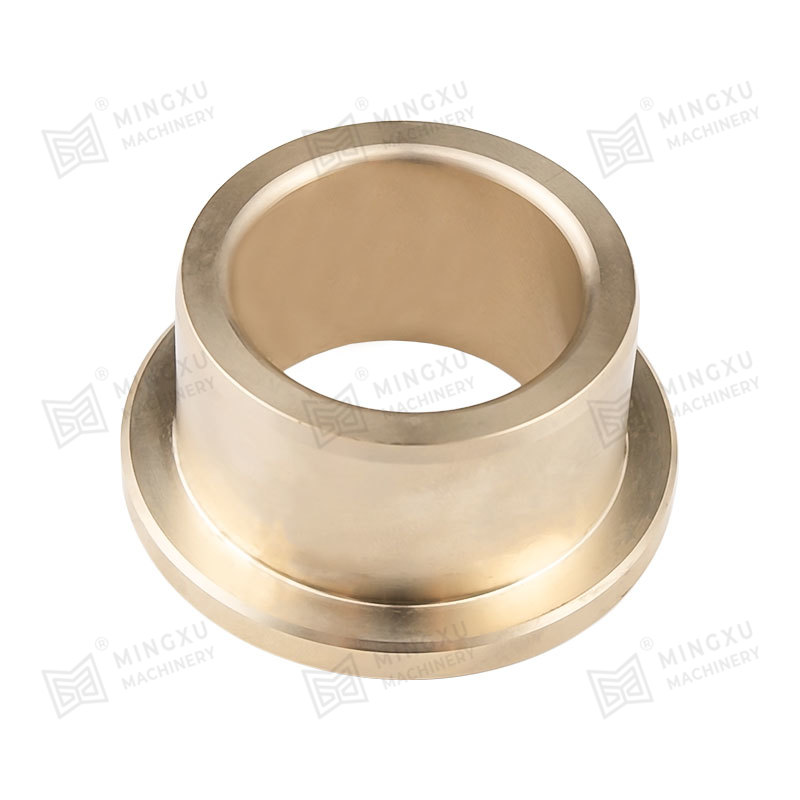
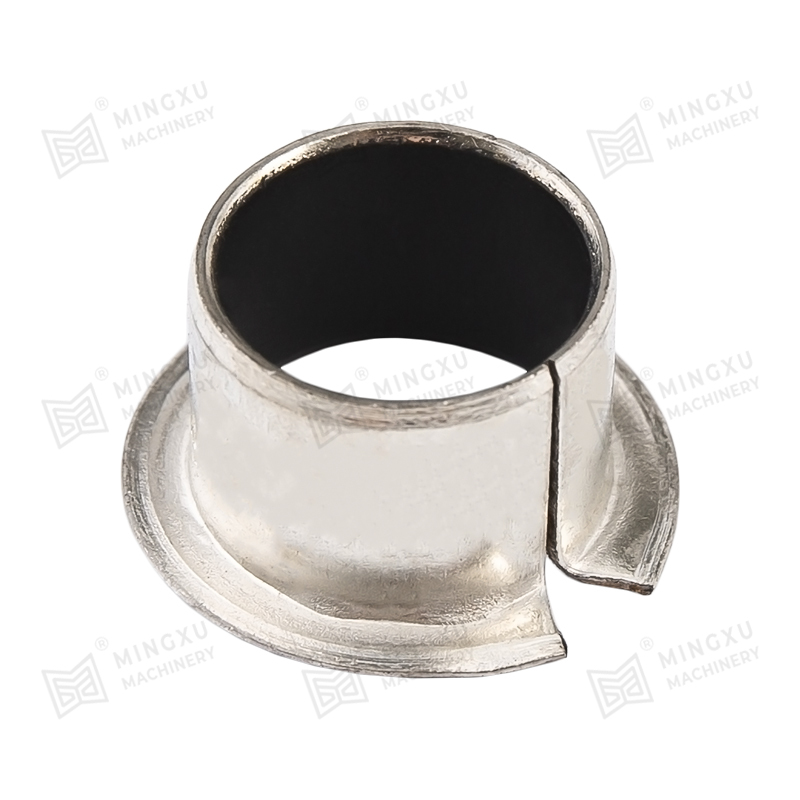
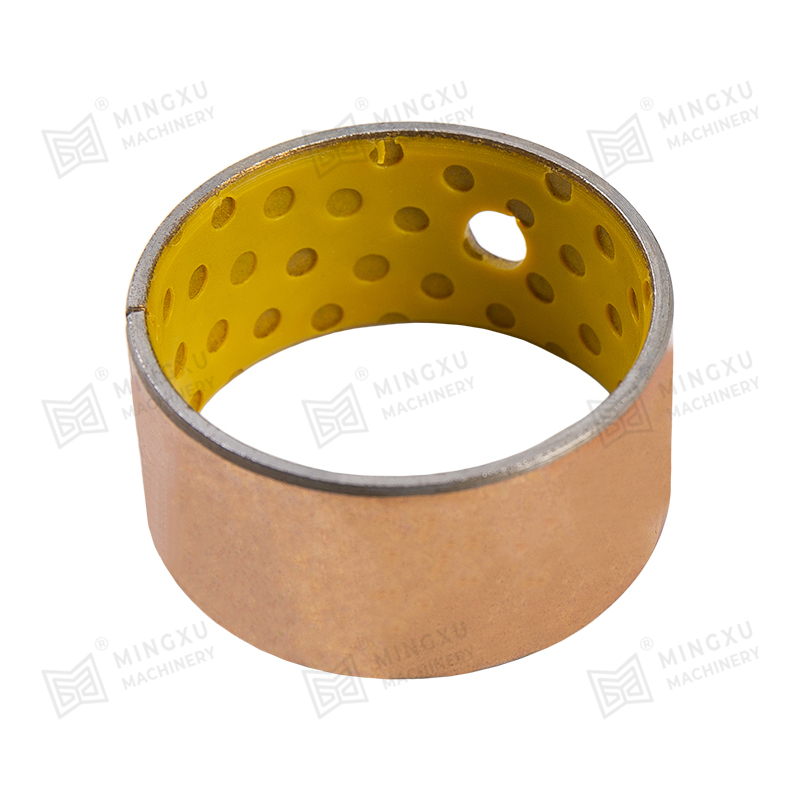
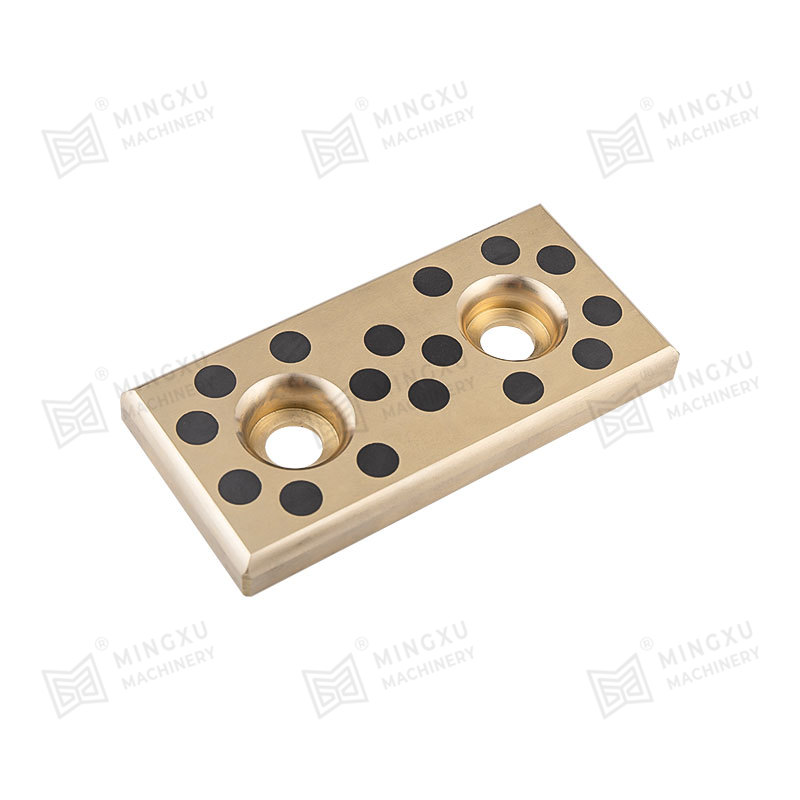
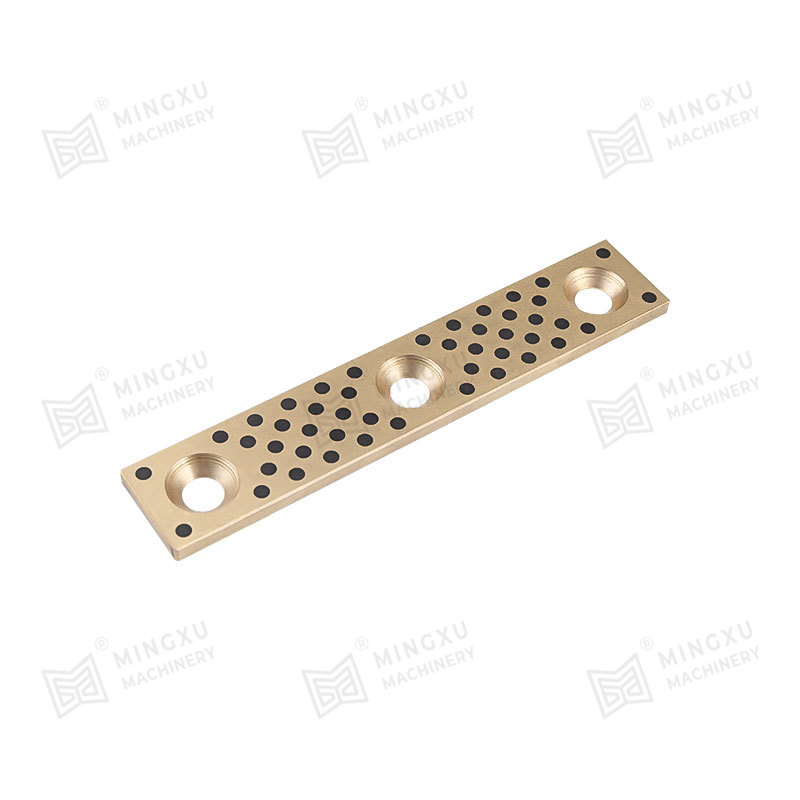
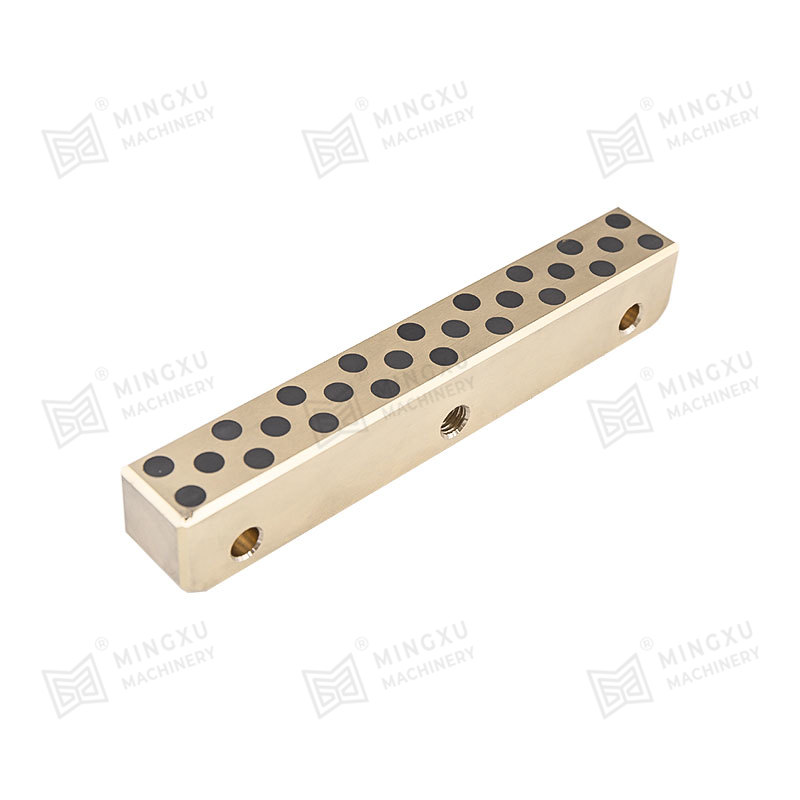
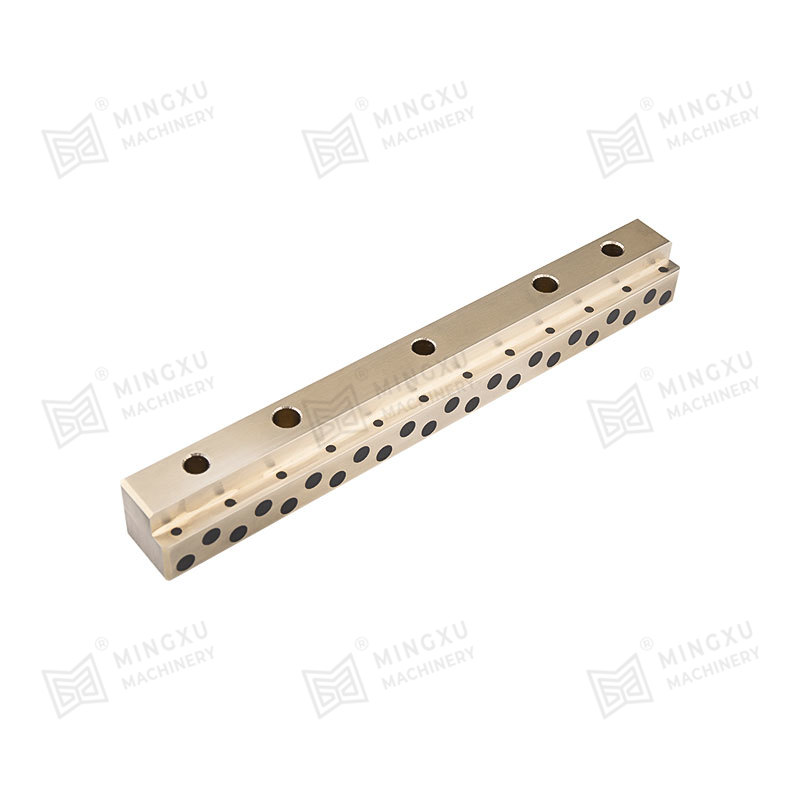
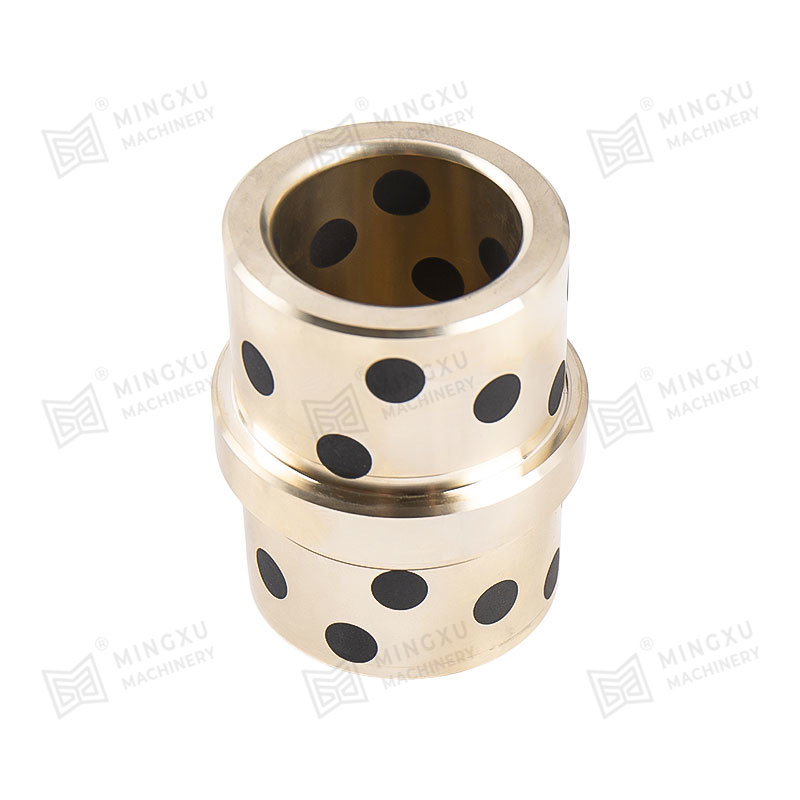
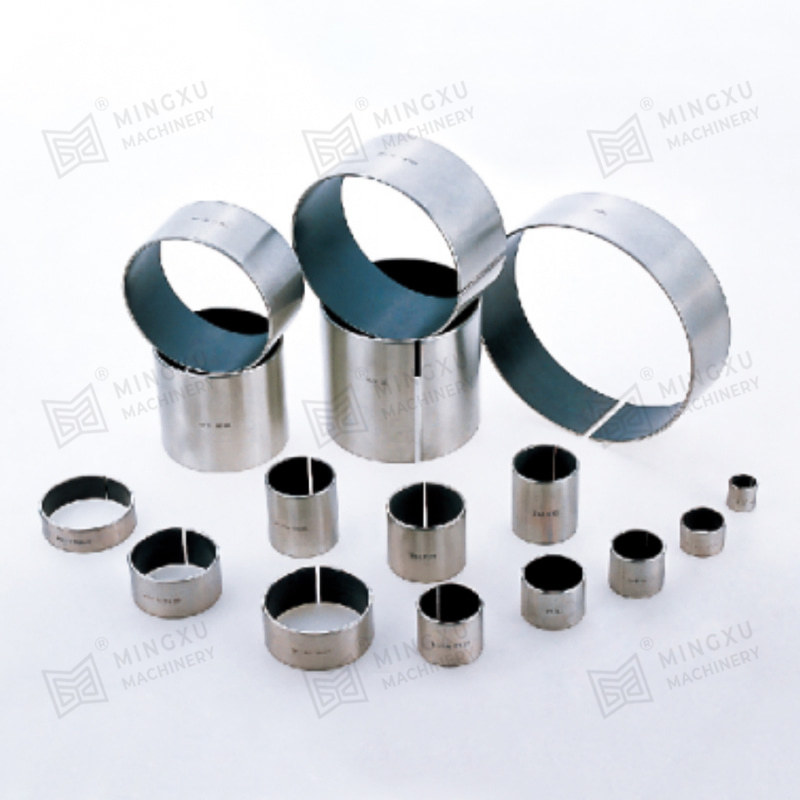
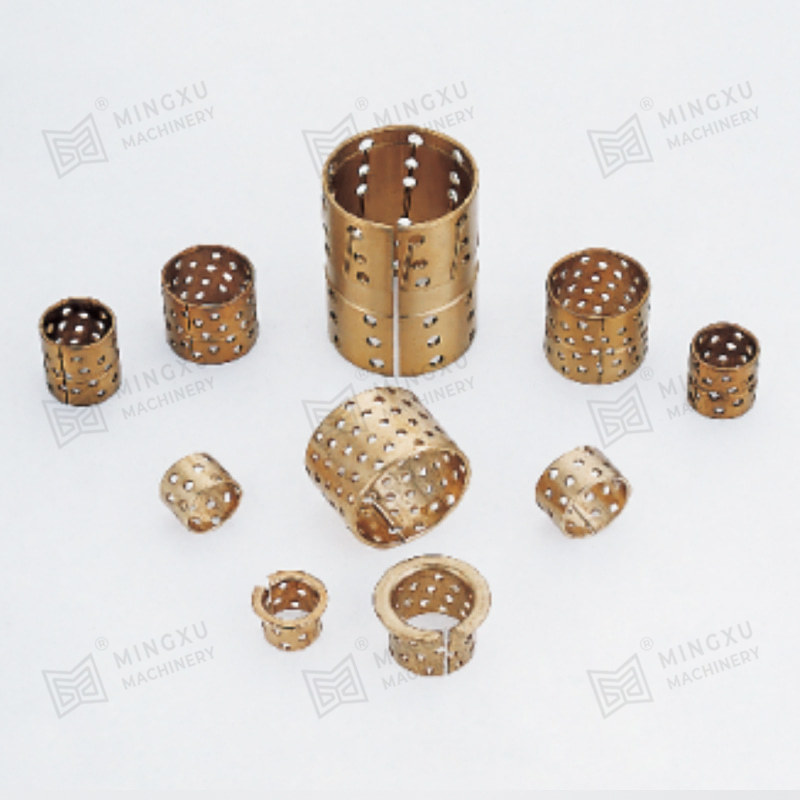







Contact Us